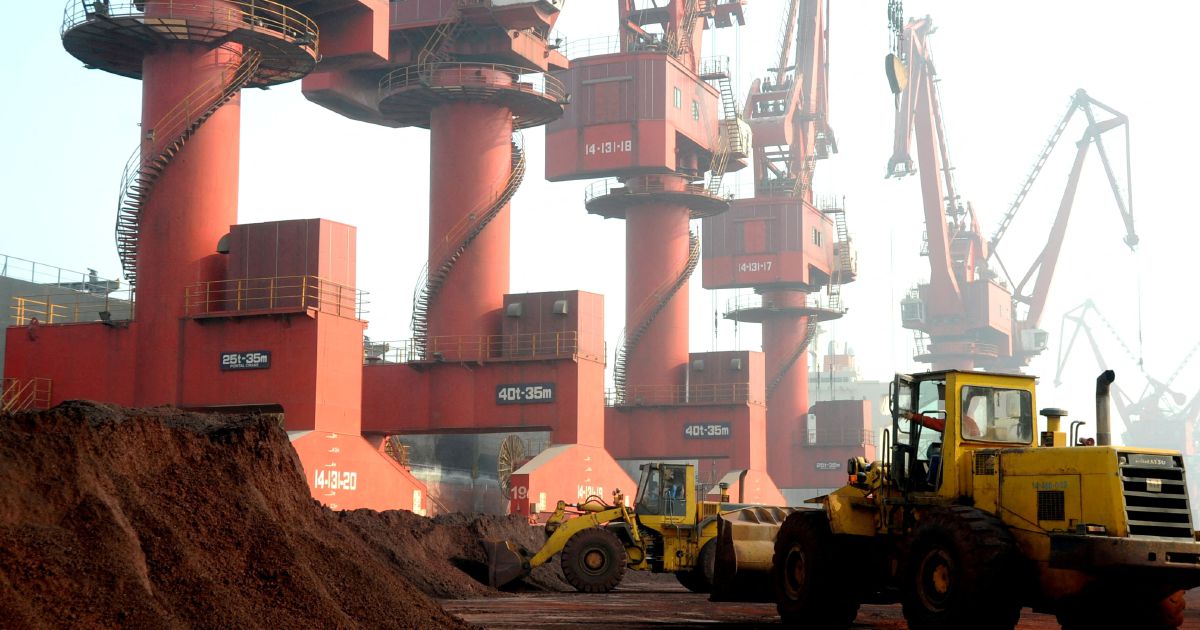KUALA LUMPUR: Lynas Rare Earths Ltd plans to invest RM500 million to build a new heavy rare earth (HRE) separation plant in Malaysia, in response to growing global demand for reliable supply sources outside China.
The new facility, designed to process up to 5,000 tonnes of HRE feedstock annually, will strengthen Lynas’ capacity to produce heavy rare earth oxides on a commercial scale, a capability unique to Malaysia.
Lynas chief executive officer Amanda Lacaze said the investment not only addresses rising global demand but also reinforces Lynas’ position as a leading supplier of critical materials outside China.
“Demand for heavy rare earths continues to increase, and Lynas is now in a strong position to select markets and set prices based on the strategic value of our products,” she said in a statement.
China has long dominated the global rare earth market, but recent export restrictions and tighter control over processing technologies have opened opportunities for other players such as Lynas to fill the supply gap.
Lynas’ Malaysian facility remains the only commercial rare earth producer outside China, supplying key materials for electric vehicles, wind turbines, advanced electronics and defence technologies.
Malaysia maintains a policy prohibiting the export of unprocessed rare earth materials, allowing only value-added products to be shipped abroad.
The construction of the new plant is still subject to regulatory approval. Lynas is currently in talks with several strategic partners to expand its product range and global market reach.
The first phase of the plant is expected to begin producing samarium by April 2026, followed by other elements such as gadolinium, which is used in medical imaging, and dysprosium, a key component in permanent magnets for electric vehicles and wind turbines.
Lacaze said Lynas will focus on high-value markets, particularly in the electronics sector, to ensure optimal investment returns.
“Our focus is on markets that offer the best value and strongest growth potential, in line with Lynas’ 2030 growth strategy,” she added.
Feedstock for the new plant will be sourced from Lynas’ Mt Weld deposit in Australia, which contains both light and heavy rare earth elements, as well as from ion-adsorption clays currently being explored in Malaysia.
At present, Lynas Malaysia produces separated dysprosium and terbium oxides. The new HRE facility will expand output and diversify its product portfolio for modern industries.
The RM500 million project, equivalent to about A$180 million, will be fully funded from equity raised in September 2025. Construction will proceed in stages, with initial samarium output expected by April 2026 using feedstock from Mt Weld.
Additional processing capacity will be added progressively, with the first full product set targeted within two years.
Planned annual output includes 1,100 tonnes of samarium, 400 tonnes of gadolinium, 250 tonnes of dysprosium, 50 tonnes of terbium, 1,100 tonnes of yttrium and 10 tonnes of lutetium.
Lynas is also exploring potential investments to produce europium, holmium, ytterbium and erbium, subject to favourable commercial agreements.
© New Straits Times Press (M) Bhd






![News@9: Today's top headlines - Nov 7, 2025 [WATCH]](https://prwire.my/wp-content/uploads/2025/11/News@9-Today039s-top-headlines-Nov-7-2025-WATCH-300x158.jpg)